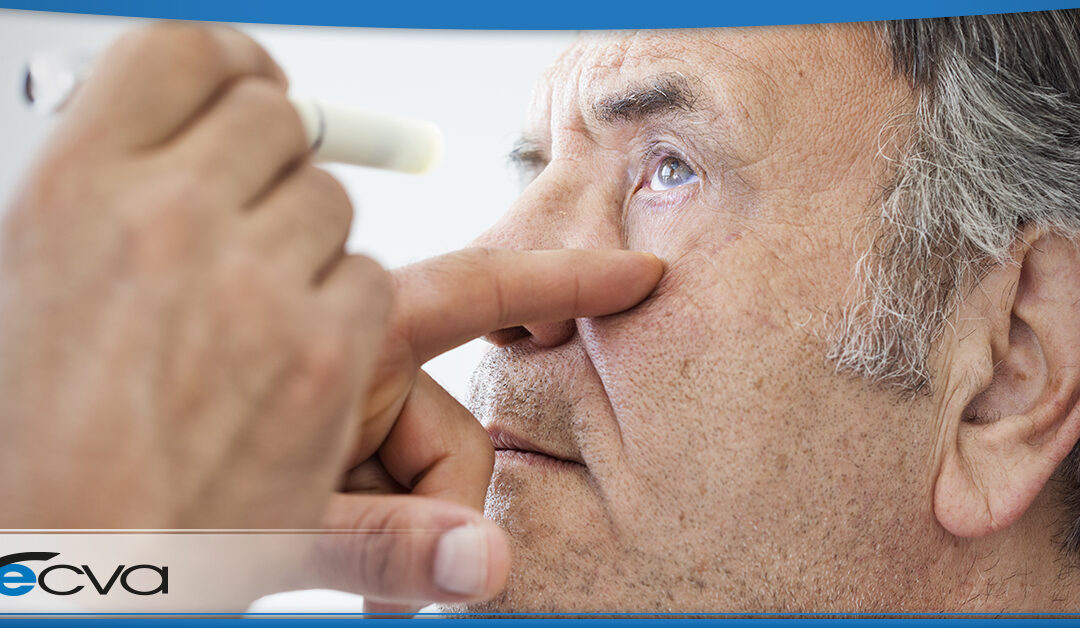
by ecvaeyeadminz | Oct 22, 2021 | Cataracts
Most people are aware of cataracts, largely because it’s an incredibly common condition. Over 24 million adults over the age of 39 have cataracts. By age 75, about half of all Americans end up with the condition. Cataracts are not...

by ecvaeyeadminz | Oct 7, 2021 | Eye Health
For many people, fall is their favorite time of year. The heat of the summer starts to fade, and the leaves start changing, introducing warm, vibrant colors to the world. While many people would assume that special eye care precautions aren’t necessary...




